Here is a Digikey search showing flat-conductor power inductors.
And here is a picture of three power inductors found there:
In this answer, by Rohat Kılıç, towards the end of his answer he explains that increasing frequencies demand more windings of thinner wire, but all of his discussion on skin effect is only for traditional circular-cross-section wire. My intuition tells me flat wire is different.
There is another answer, by Transistor, that has a graphic that shows how, for a flat conductor, the charges are pushed towards the edges, according to the Hall-Effect, something exploited in the common Hall-Effect sensors that I see everywhere.
In the context of the skin-effect, I am hoping that the flat surfaces of the main part of the winding that are very close together will actually cancel out some of the uneven charge distribution going on, enabling more evenly-distributed charges left-to-right over the cross-section yielding an even better-than-expected performance for this kind of magnetic when being used with higher frequencies. But that's just my gut reaction, and I could be just completely wrong.
In the context of proximity-effect, I didn't know it existed until recently, as I'm a self-teaching old schooler and late to the party.
I sure would like to know exactly what's going on. Thanks proactively.

